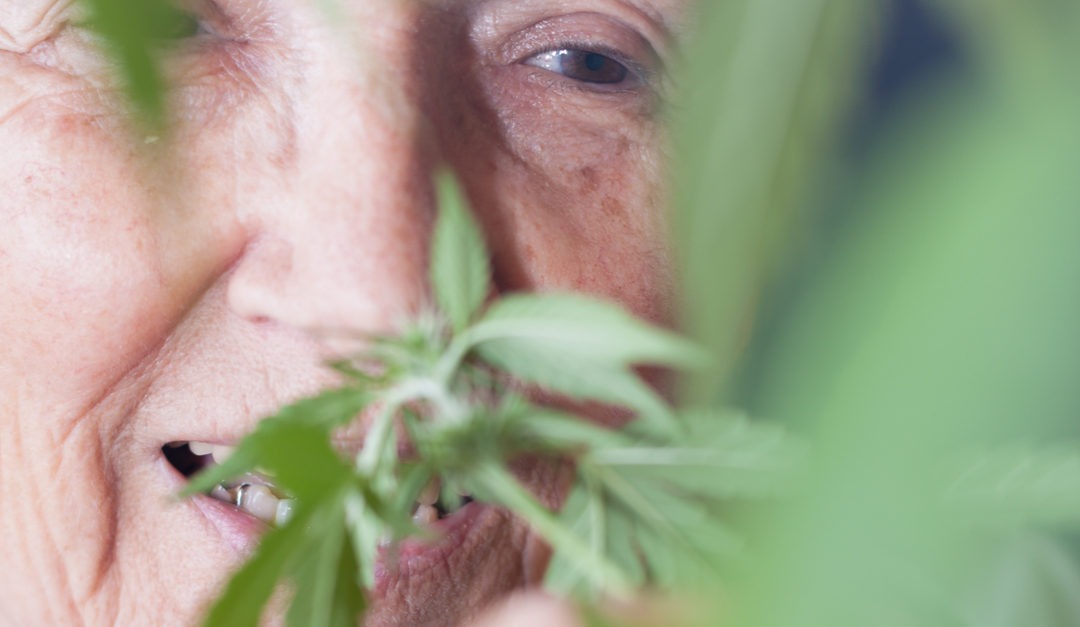When a patient takes a pharmaceutical medication that has the intended effect and has minimal-to-no side effects, that is considered a successful treatment. This same train of thought applies to medical cannabis. Patients are seeking cannabis treatment in order to improve their quality of life. A low and slow dosing plan can, and will, limit the number of adverse reactions.
It is important to note that even at low starting doses, patients can experience negative effects from pharmaceutical medications or cannabis. These effects are usually mild and resolve within a few hours. While these effects may not be grave, they can be bothersome. Side effects a patient may experience from medical cannabis at low dose include dry eyes, increased appetite, drowsiness, and increased or decreased energy levels. By starting with a low dose of cannabis, and slowly increasing it over time, these effects can be minimized. A low starting dose will also help to find the right potency, quantity, and consumption interval for the best benefit-risk ratio of the cannabis product.
While there are many different ways to consume cannabis, most patients should start with an inhaled product unless there is a pre-existing condition that would preclude this therapy. Inhaled products have the benefit of having a quicker onset (effects usually peak within 15-30 minutes) and a shorter duration of action (effects conclude after 2-3 hours). For first-time cannabis users this shorter duration of action means that if a negative effect does occur, it will subside quicker than when using other consumption methods. Patients should start with a low-to-no THC:CBD inhaled product at a dose of fewer than 5 milligrams.
After a patient has reached a steady dose on an inhaled product, it may be beneficial from a health and healing standpoint, or personal preference standpoint, to switch to an orally consumed product. Medicinal products designed for oral consumption are usually made from one of three base processes: tincture, infused oil, or extracted/concentrated oil. Progression through the low and slow medicating profile should occur in that order: tincture, infused oil, and then extracted/concentrated oil. No matter the type of edible, similar to inhalation, begin with a low-to-no THC:CBD ratio product at or below 5 milligrams per dose.
Patients should start with a tincture as the first orally consumed product. This is due to tinctures having a similar effect in the body as inhalation. This means a smoother transition with less chance for additional adverse effects. As with inhalation, the effect from tinctures peaks in around 15-30 minutes, and the effects subside within 2-3 hours.
Moving on from tinctures, patients can progress to infused oils, extracts, and concentrates. These products will have different characteristics depending on the processing method used, but they are all digested by the body in a similar fashion. They have delayed onset, heightened effects, and longer durations of action. These products are going to take 2-3 hours to peak and subside usually within 5-10 hours. The longer duration of action associated with these products means that if a patient has an adverse reaction, the negative effects will last longer.
No matter the cannabis product consumed, the same dosing ideology applies. Start at a dose less than 5mg (preferably 1mg for first-time users). Stay at this dose for 3-5 days, then increase the dose in increments of 1-5mg (smaller increases for first-time users). Repeat this process for 9-15 days of dosing. After this initial cycle of dosing, the potency of the product can be increased and/or the phytochemical profile can be changed if the patient is not experiencing the desired effect. If adverse effects occur that are unmanageable or imbalanced in relation to the relief, the medication should be discontinued immediately and consult a pharmacist to adjust the potency and/or phytochemical profile of the medicine.
Patients using medical cannabis should be mindful that cannabis can increase the effect of prescription medications. Medications cannabis can increase the effect of include prescription opiates and pharmaceuticals that may cause drowsiness. In general, alcohol and cannabis should not be mixed. Alcohol should be refrained from for 3 hours after using inhaled cannabis or 8 hours after orally consuming cannabis. If alcohol is consumed prior to using cannabis, the patient should wait until the effects of the alcohol wear off before consuming the cannabis product. Lastly, patients should refrain from driving or operating heavy machinery for at least 3 hours after inhaling cannabis or at least 8 hours after orally consuming cannabis products.
These statements have not been evaluated by the FDA. For full disclaimer details, please visit www.phytopharmd.com/legal
Authors: Josh Winningham, Pharm.D and Whole Plant Technologies, Inc.
